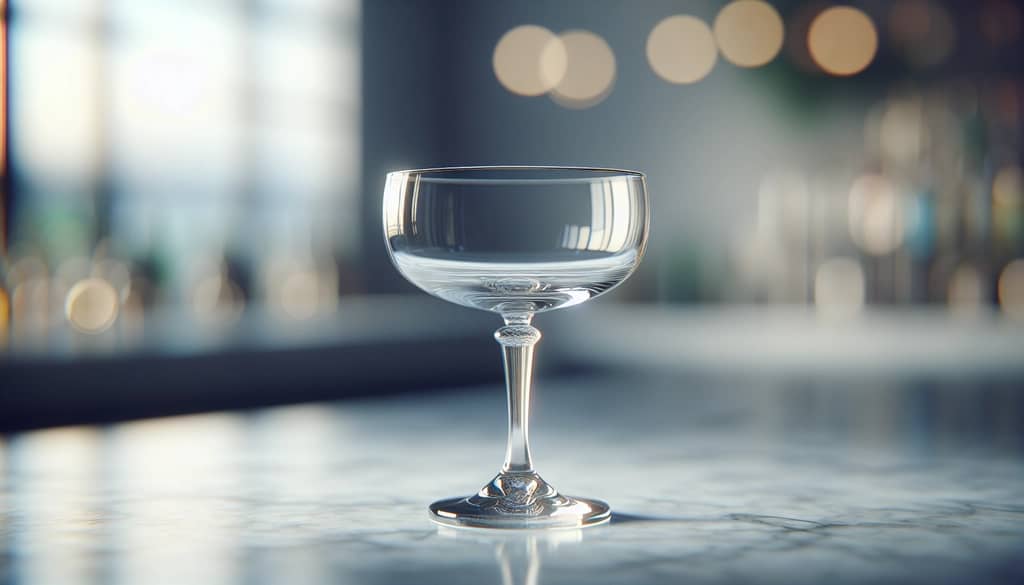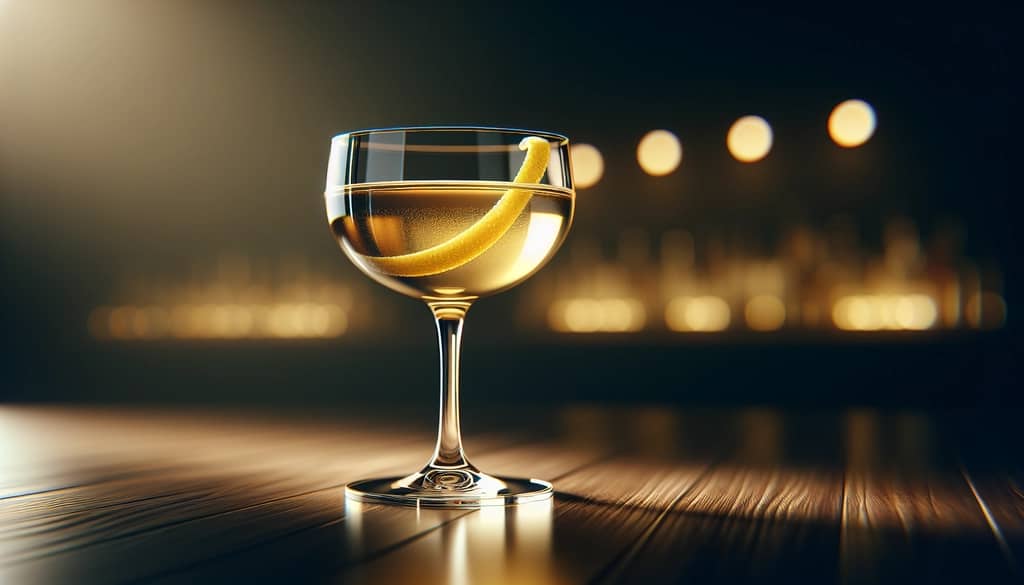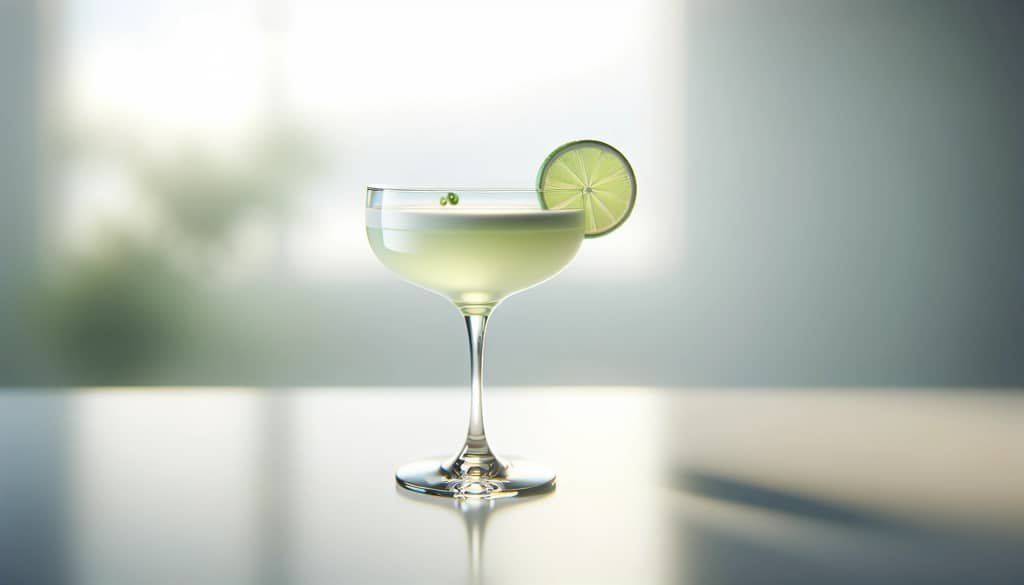Updated on: 6/3/2025
What Is the History Behind the Coupe Glass Design?

The coupe glass is one of the most iconic shapes in cocktail culture. Instantly recognizable with its broad, shallow bowl and slender stem, the coupe has journeyed from 17th-century dining rooms to modern bars, carrying with it symbolism, style, and a fascinating design story.
Origins of the Coupe Glass
Though popular lore often claims that the coupe’s rounded bowl was modeled after a famed royal breast, historians agree its roots are more practical. The earliest coupe glasses appeared in the late 17th to early 18th centuries in France, intended for sparkling wine. Before tall flutes and tulips became standard for Champagne, glassmakers crafted broad, open bowls for celebratory drinking vessels. Unlike today’s flute, these cups weren’t designed to preserve bubbles; instead, they showcased gleaming wine in social settings where spectacle rivaled technique.
The Coupe and 20th Century Glamour
The coupe gained massive popularity in the 1920s and 1930s, coinciding with the Jazz Age and a golden era for cocktails. Bars, supper clubs, and home parties featured coupes as a sign of style and celebration. The glass quickly became synonymous with Champagne toasts and classic shaken drinks, often seen in the hands of movie stars and socialites. Its broad rim and daring silhouette embodied both elegance and a sense of playful extravagance.
- During Prohibition in the US (1920–1933), speakeasy bars saw coupes frequently paired with gin- and whiskey-based classics.
- The coupe’s shape was practical: easy to stack and quick to serve, which suited fast-paced bar environments.
- Hollywood movies of the 1930s and 1940s depicted the coupe as the ultimate glass for glamour and celebration.

Design Features and Enduring Appeal
The classic coupe features a bowl that holds between 120 and 180 ml, a relatively short stem, and a wide lip. This design is meant for shaken or stirred cocktails served “up”—without ice. Its open top allows aromatic drinks to express their full bouquet, while the shape makes it easy to sip from any angle.
- The coupe’s shallow bowl is ideal for drinks that benefit from aeration, like sours and spirit-forward cocktails.
- Its stem keeps the drinker’s hand away from the bowl, helping maintain the cocktail’s chill for longer.
- The glass visually enhances garnishes, from delicate citrus twists to edible flowers.
When it comes to signature drinks—think Daiquiri, Sidecar, or Manhattan—the coupe glass brings a touch of vintage flair that modern glassware can’t quite capture. While flutes and Nick & Nora glasses now offer alternatives for some classics, the coupe remains a beloved choice for those who appreciate tradition, aesthetics, and the subtle theater of cocktail service.

From Toasts to Timelessness
Whether you’re seeking historic charm or cinematic glamour, the coupe glass endures as a favorite for cocktail enthusiasts and bartenders alike. Its design gracefully reflects centuries of shared toasts, creative drinks, and cultural moments—making it more than just a vessel, but a piece of history in your hand.